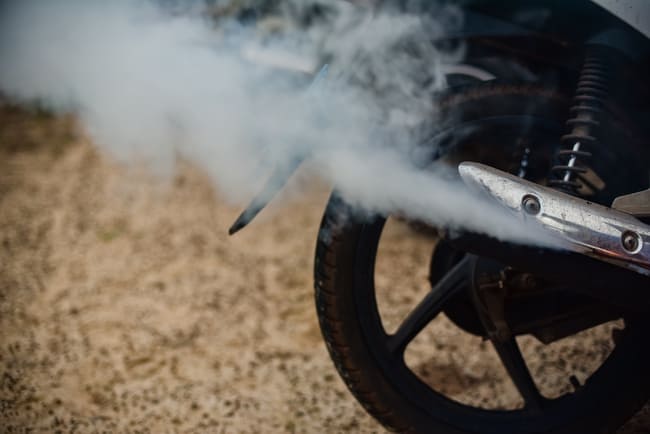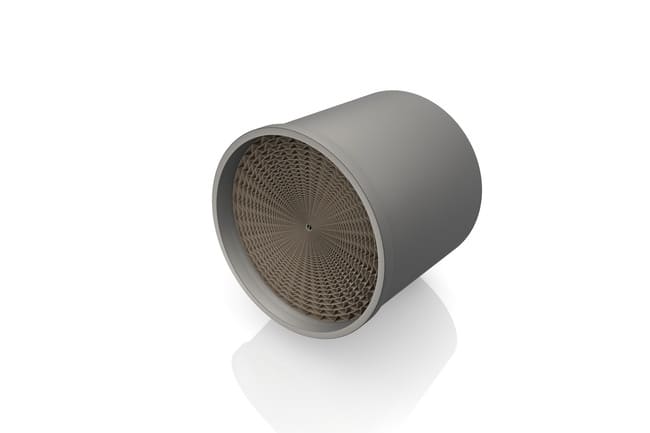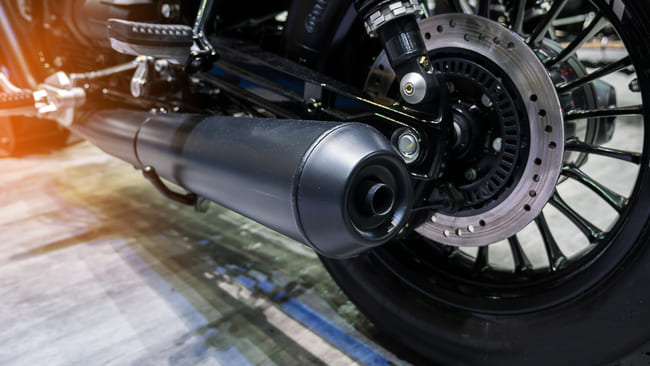Table of Contents
Catalytic converter for motorcycle: where is it located, what does it do, and what is it for?
There are many ways in which we can reduce our impact upon the environment. From purchasing energy-efficient lighting fixtures to recycling plastic bottles, each of us has a role to play. This is just as true when discussing common methods of transportation. Many individuals own motorcycles and these are excellent ways to commute from place to place. However, we also need to remember that internal combustion engines produce a host of harmful greenhouse gases. This is why many require catalytic converters. What is a motorcycle catalytic converter?
Let's begin by addressing a few pertinent topics before moving on. Do motorcycles have catalytic converters and if so, what actions do these devices perform? These are two of the many questions that will be addressed throughout this article. You might be somewhat surprised to learn the associated answers!
What is the Purpose of a Catalytic Converter?
What does a catalytic converter do on a motorcycle? It serves the very same function as those units attached to modern vehicles such as cars and lorries. The primary purpose of this device to reduce the greenhouse gas emissions that would otherwise be produced during the process of internal combustion.

Catalytic converters function by effectively "splitting up" harmful molecules within a chamber known as a catalyst. These chemical reactions are particularly effective when dealing with greenhouse gases including:
- Carbon monoxide
- Nitric oxide
- Various complex hydrocarbons
The substances mentioned above will thereafter be transformed into relatively innocuous gases such as carbon dioxide, water and nitrogen.
How Does a Catalytic Converter Function?
Catalytic converters contain a ceramic honeycomb-like structure. This honeycomb is lined with specific precious metals such as rhodium and palladium. These metals will then react with gases such as nitric oxide and carbon monoxide; breaking them down into their constituent components. The chemical reactions themselves are often referred to as either "reduction" or "oxidation" (depending upon the type of gas).

Note that catalytic converters also contain a motorcycle o2 sensor. This instrument will measure the amount of oxygen found within exhaust gases. It also sends signals to the engine in order to increase overall levels of efficiency as well as to ensure that the greenhouse gases are being completely broken down.
Are Motorcycles Equipped with Catalytic Converters?
We have now gained a basic understanding of how vehicles reduce harmful greenhouse gas emissions. So, does a motorcycle need a catalytic converter? There are a handful of factors to take into account when answering this question. The first involves the age of the motorcycle. Those manufactured before 1985 are often exempt from MOT standards. However, things begin to change when a new unit is purchased.
According to the most recent motorcycle catalytic converter laws in the UK, all new models must remain in accordance with Euro 5 emissions protocols. This included the types of gases being produced as well as noise levels. As environmental standards become even more stringent, it is likely that the associated regulations will include all motorcycles in the future. Here are some key takeaway points:
- Motorcycles manufactured before a certain date may be exempt from catalytic converter requirements.
- All newer models must be compliant with Euro 5 emissions standards.
- It is likely that motorcycle exhaust catalytic converter will be mandatory in the coming years.
Those who wish to learn more should navigate to the official government website or consult with an experienced MOT technician. This is particularly important if you are uncertain whether your vehicle may be exempt from current regulations.
How to Find the Catalytic Converter on a Motorbike
Where is the catalytic converter on a motorcycle located and how can it be protected from damage? In the vast majority of cases, it will be found at the very end of the motorcycle exhaust pipe. Users will normally note the honeycomb filter described previously in this article. It could still be wise to consult a manual when in doubt.

Is it Illegal to Modify or Remove a Catalytic Converter?
There can be times when owners may wish to modify their motorcycle. While some aftermarket adjustments can be made, removing the catalytic converter of a motorcycle is not legal. Not only will this breach current emissions and noise standards, but we need to remember that these devices help an engine to run more efficiently. So, there are very real functional concerns to take into account.
What does the current motorcycle catalytic converter law say about modifications? For instance, some individuals may wish to upgrade their exhaust system with aftermarket parts. In this case, the components in question must be certified under the British Standards or the EC Directive. This ensures that they are in accordance with all relevant regulations.
It should also be briefly mentioned that any motorcycle catalytic converter marked with "not for road use" or a similar indication is not legal to operate on UK motorways. If stopped by police, the owner could very well face a hefty fine. Points may also be added to the existing licence.
How to Protect a Catalytic Converter from Damage
It is always important to utilise unleaded petrol when fuelling your motorcycle. Lead can damage the rare metals contained within the converter and lead to issues with emissions. Furthermore, make it a point to have the engine serviced on a regular basis. Overheating can likewise harm the components found within the converter. Only use petrol that has been rated (in terms of octane) for the converter and never use fuels containing alcohol. In the event that a problem is suspected (such as backfiring or stalling), make it a point to consult with a qualified mechanic.
Catalytic converters are extremely important in regard to how they regulate the emissions from a motorcycle. While not all models are outfitted with these filters, they are mandatory on modern bikes. When in doubt or should you wish to learn if your motorcycle meets regulatory standards, always be sure to speak with an expert.
Top products related to this topic:
